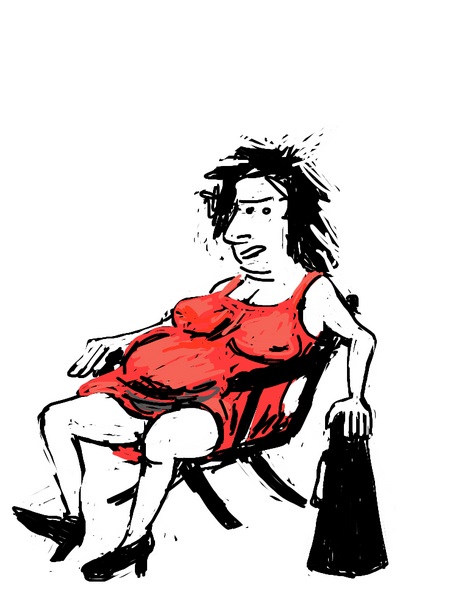The Academy for Motion Picture Arts and Sciences snubbed Selma which was nominated for Best Picture and Best Song, but failed to yield a Best Director nod for Ava DuVernay. Since the Academy switched up its rules in 2010—allowing for up to 10 Best Picture nominations, but sticking with just five directors—a handful of directors of nominated films have ended up in the rejection bin every year.
Could have been the first black woman nominated for best director in Oscar history, and just the fifth woman, following Lina Wertmüller, Jane Campion, Sofia Coppola and Kathryn Bigelow. Instead, she’s been added to the list of female directors who have seen their films get nominated while they’ve been snubbed: Randa Haines, Penny Marshall, Barbra Streisand and Valerie Faris (who shared directing credit with Jonathan Dayton).
Still, there is some ammunition to the argument that the Academy may be particularly biased against female directors. Every Academy voter can vote in the Best Picture category, but individual categories like Best Actor and Best Director are voted on by their peers. Academy members are 94 percent white and 77 percent male, and their median age is 62. But some branches are even less diverse than others: Women make up 19 percent of the academy’s screenwriting branch and 18 percent of its producers branch, but only 9 percent of its directors branch. Perhaps a body that’s 77 percent male is slightly more likely to recognize women-driven films than one that’s 91 percent so.
I suspect that the outrage over omissions like DuVernay’s doesn’t hinge on the idea that female directors are being ignored while their films are being celebrated. The central problem is that female directors and their work are so disadvantaged across the board in Hollywood, from mentorship to funding to awards. And each year that the Academy fails to nominate a woman—in 2010, Bigelow became the first, and so far last, female director to win—the frustration mounts.

